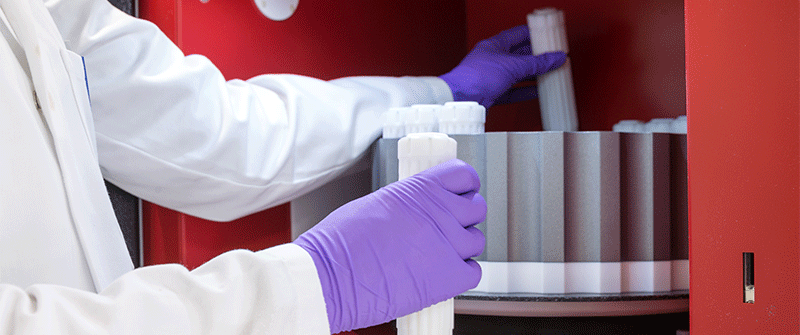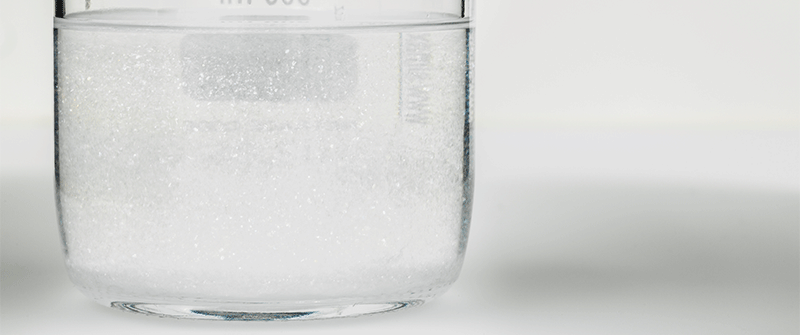Matrix digestion using strong chemicals for resistant particles
Some nanomaterials show substantial resistance to strong chemical conditions. The matrix containing these nanomaterials can be completely eliminated, leaving the materials themselves intact.




